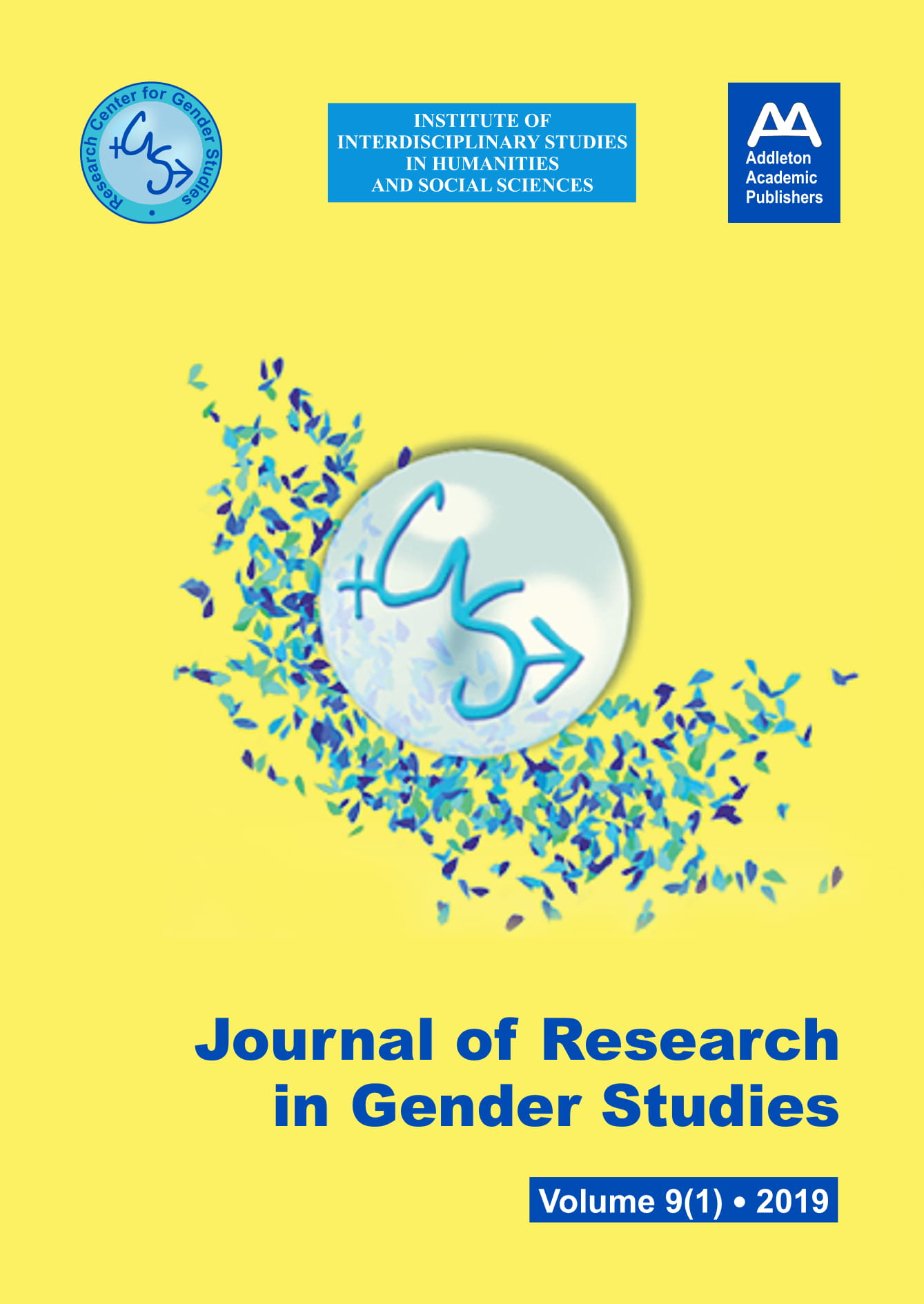The Gendered Nature of Employment and Insecure Employment in Northern Ireland: A Story of Continuity and Change
The Gendered Nature of Employment and Insecure Employment in Northern Ireland: A Story of Continuity and Change
Author(s): Lisa WilsonSubject(s): Gender Studies
Published by: Addleton Academic Publishers
Keywords: gender; precarious employment; insecurity; job quality; Northern Ireland;
Summary/Abstract: Evidence of the decline of the “traditional” standard employment arrangement and the rise of poor quality “bad” jobs has been escalating internationally and nationally. Nonetheless, despite much attention being given in recent decades to the changing nature of employment and job quality much of this discussion overlooks the interaction with gender. Using data from the Northern Ireland element of the United Kingdom Quarterly Labour Force Survey, as well as data from the Northern Ireland element of the Annual Survey of Hours and Earnings this paper aims to examine, over a twenty-year period from 1996 to 2016 (a) changes and continuities in terms of gendered patterns in the nature of employment and job quality; and (b) trends toward the “feminisation of employment norms,” marked by an overall downward pressure on security of employment and job quality. The results presented in this paper show that in many ways gendered patterns in the nature of employment and job quality is a story of continuity. Women remain more likely to be in insecure employment, work varying hours, work short hours, and dominate in particular sectors and occupations which are more likely to have low pay. That said, the findings from this study also provide evidence of an overall convergence or “harmonising down” of employment security and quality over time, for both men and women. Indeed, as will be shown some of the sharpest declines in terms of job security and job quality have occurred amongst men, so that increasingly the nature of men’s employment reflects the security and quality of employment that has been typically/ traditionally associated with women. Taken together, it is argued that these findings reflect what is referred to as a “feminisation of employment norms” characterised by both continuation and change in the gendered nature of employment and employment quality. This trend toward a “feminisation of employment norms” marks a low-road approach taken by Government in recent decades, with a continual prioritisation given to job quantity over job quality and the slow erosion of employment rights, protections and institutions over time.
Journal: Journal of Research in Gender Studies
- Issue Year: 9/2019
- Issue No: 1
- Page Range: 38-70
- Page Count: 33
- Language: English
- Content File-PDF

